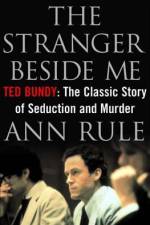av May Sarton
477
The engrossing drama begun in May Sarton: Selected Letters 1916-1954 culminates in this gathering of 200 quintessential letters, culled from thousands. Copiously annotated, they propel the reader with passionate immediacy through the rich years of this beloved author's maturity and world-wide fame, to her death. "Sarton is one of the great letter writers of our time," Library Journal affirmed of the first volume. And here once again we see her in every aspect: the hard-pressed writer, the tormented lover, at her fiercest and most fond; the friend, confidante and passionate traveler, intensely engaged by public issues, ceaselessly searching for the elusive muse which made poetry and the creative transformation of life possible. In addition to longtime friends and intimates familiar from Volume One-Louise Bogan, Eva Le Gallienne, Bill Brown, Muriel Rukeyser and the Huxleys-the more than 150 recipients in this volume include Robert Frost and Elizabeth Bowen, Carolyn Heilbrun and Doris Grumbach, Madeleine L'Engle, Pat Carroll, and Marianne Moore."No topic escapes her," Susan Kenney wrote of the first volume, and in the breadth and amplitude of these vibrant missives to friends and strangers, poets and scientists, actors and scholars, teachers and editors from every corner of the States and throughout Europe, the reader will partake of her joys, and learn well her griefs; it is no coincidence she always capitalized Hell. Particularly rich are her letters to members of the religious community who were drawn to the spiritual center in her work; her magnificent letters of condolence; her fiery replies to critics; her trenchant, generous responses to the many young writers who touched her; and her life-enhancing responses to hordes of admirers. Here, too, we are privy to several intense love relationships, and live beside her through the landmark publications of Mrs. Stevens Hears the Mermaids Singing and her revolutionary Journal of a Solitude. We accompany her as she writes the celebrated lyric poems which, with missionary fervor, she brought alive in dynamic readings to standing-room-only audiences across America, as long as she could do so. And finally we are witness to the gradual diminishments of age as, with characteristic courage, she charges into her ninth decade, "ardent and alone." Selected Letters 1955-1995 offers new insights and throws fascinating sidelights on Sarton's multi-faceted character, presenting an awesome self-portrait-more revealing than anything yet published-of this truly singular woman who, faithful to her "vision of life"-and like the legendary phoenix which marks her grave -never ceased to be reborn over and over again. As critic William Drake put it, "May Sarton always seems to be speaking to each one of us personally, as if we were a friend." In this richly moving and nourishing collection-the capstone of her literary legacy-this unforgettable woman speaks to each of us, as to each correspondent, once again in her timeless voice."Readers will find this volume a valuable companion to Sarton's other work; reading it put me back in touch with her keen intelligence, her restless but rich spirit, and I enjoyed it tremendously." -Eleanor Dwight, author of Edith Wharton: An Extraordinary Life "In a century of cruel inhumanity, 'life-enhancing' poet, novelist and journal-keeper May Sarton showed us, most of all, how to be human. . . . That is why we find in her a friend, and will keep rereading these thoughtful letters and her books for clues about the journey ahead." -Father John Dear, author of Living Peace "Those who know her journals will find here a Sarton willing to examine the underside of creativity, a Sarton who refuses to stay stuck in life or work. This book passes on that courage to readers." -Alexandra Johnson, author of Leaving a Trace: On Keeping a Journal "A searingly honest self-portrait of a complex and many-sided woman. . . . What a feast!" -Dr. Claire Douglas, author of Translate This Darkness: The Life of Christiana Morgan, the Veiled Woman in Jung's Circle

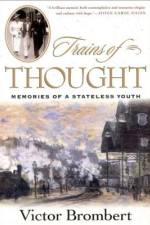
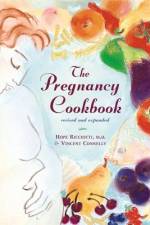
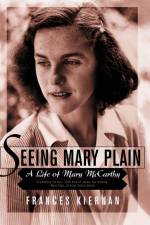
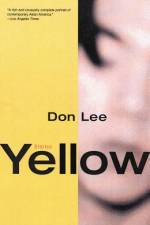
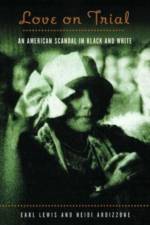




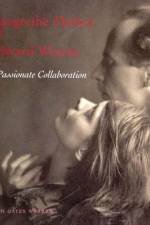

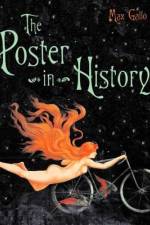
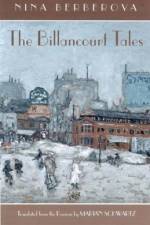
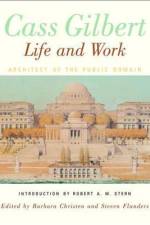
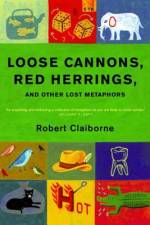




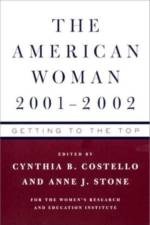



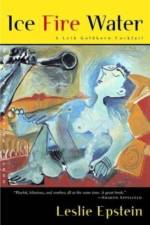

![The Presidential Recordings: John F. Kennedy: Volumes 1-3, the Great Crises [With CD] af Timothy Naftali](https://cdnbackdoor.tales.as/thumbnail/150x225/products/00278/78258/the-presidential-recordings-john-f-kennedy-volumes-1-3-the-great-crises-with-cd.jpg)

